In this series, we will be exploring all the fashion subcultures that have made Japan the fashion powerhouse it is today. Decora fashion symbolizes everything Harajuku is known and loved for.
The term decora originated from the Japanese katakana word for decoration (デコレーション). It’s used to describe a style full of color, cute characters and a whole lot of accessories. Unlike the iconic Shibuya Gyaru, known for her mature style, Decora fashion has a youthful and playful feel to it.
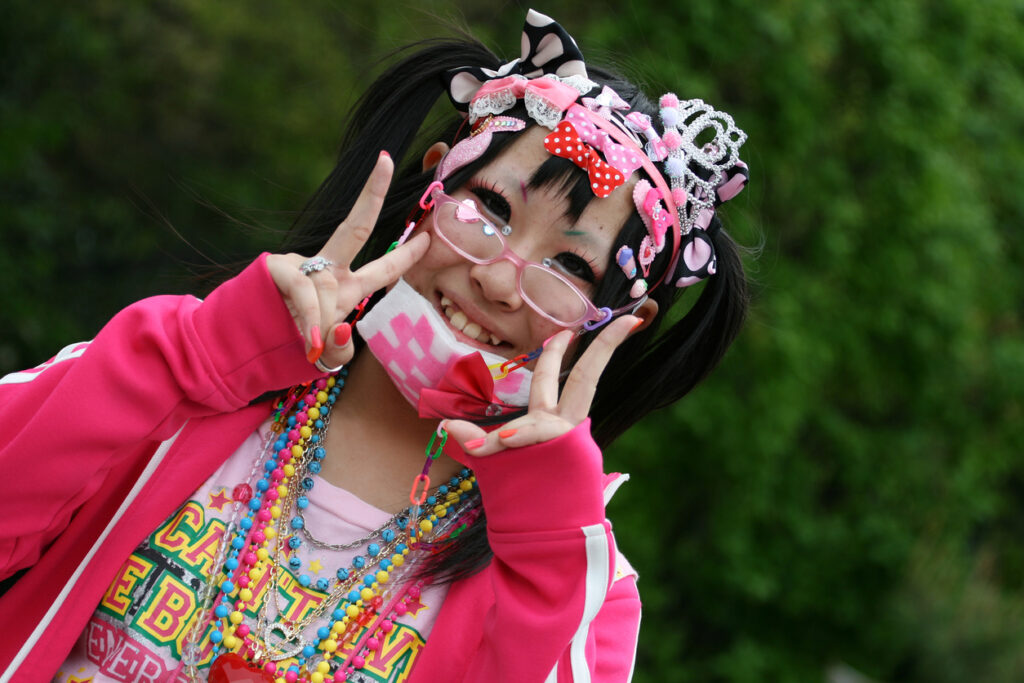 © Photo by iStock: mura
© Photo by iStock: muraThis subculture has limited fashion rules; with individuals using their creativity and customization to put together a Decora-themed look. It is less about the clothes and more about how you decide to decorate and accessorize yourself. It is common for those who follow this trend to upcycle items like toys. Using them to make stand-out and often quirky accessories. Other common accessories include colorful band-aids, stickers on the face, hair clips, bows, plastic bracelets and necklaces.
This subculture has limited fashion rules…
For the base of a Decora-style outfit, many choose to wear something basic like a colorful hoodie or graphic T-Shirt as it serves as a blank canvas that can be worked on. Tutus and leg warmers are also considered a staple. Items that have popular 80s and 90s cartoon characters like Care Bears, Hello Kitty and Disney on them are another standard feature of the Decora look. Makeup is often kept minimal. However, many do opt for colorful eye shadow and wigs that match the color scheme.
Within this vibrant subculture, there are two main styles. One of these is Oshi Decora, which revolves around creating an outfit based on one character or one color theme. The other is known as Hadeko, a more androgynous style, implementing rainbow colors and psychedelic themes.
The History and Cultural Significance of Decora
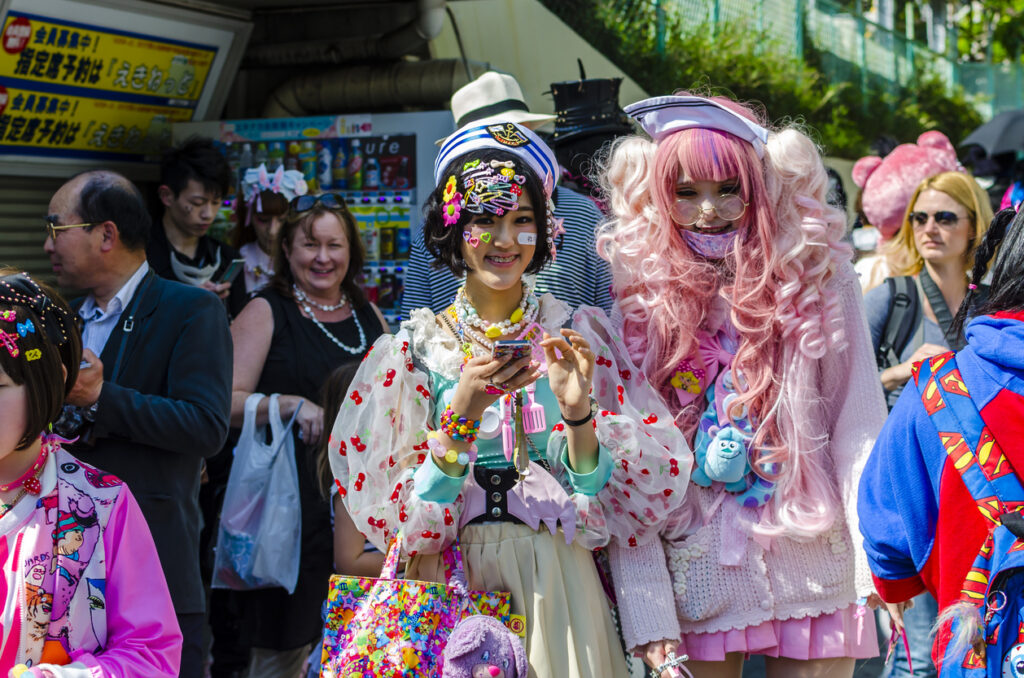 © Photo by iStock: Korkusung
© Photo by iStock: KorkusungMost people credit Tomoe Shinohara, an idol who was popular among teens in the 90s, for laying the foundations for what would eventually become Decora fashion. Shinohara was known for her distinctive style, often wearing clothing worn by children and her hair in pigtails. Many of fans or ‘Shinorers’, tried to replicate her youthful and childlike style, eventually putting their own spin on things.
As well as Shinohara, artist Sebastian Masuda helped shape the subculture with the creation of his brand 6%Dokidoki. Opening its doors in the backstreets of Harajuku back in the 90s, the 6%Dokidoki shop initially sold artwork. They then went on to sell original Decora-style accessories. The shop still stands in the same place today and is the go-to shop for Decora fans.
Similar to Gyaru and Lolita, Decora fashion was at its heyday during the 2000s. Thanks to one of the most recognized Fruits magazine covers—which featured two young women styling their handmade Decora accessories—the trend became increasingly popular and worn on the streets of Harajuku. During its publication years, many Fruits covers included fashionable teens wearing Decora style.
Is Decora Fashion Still Popular?
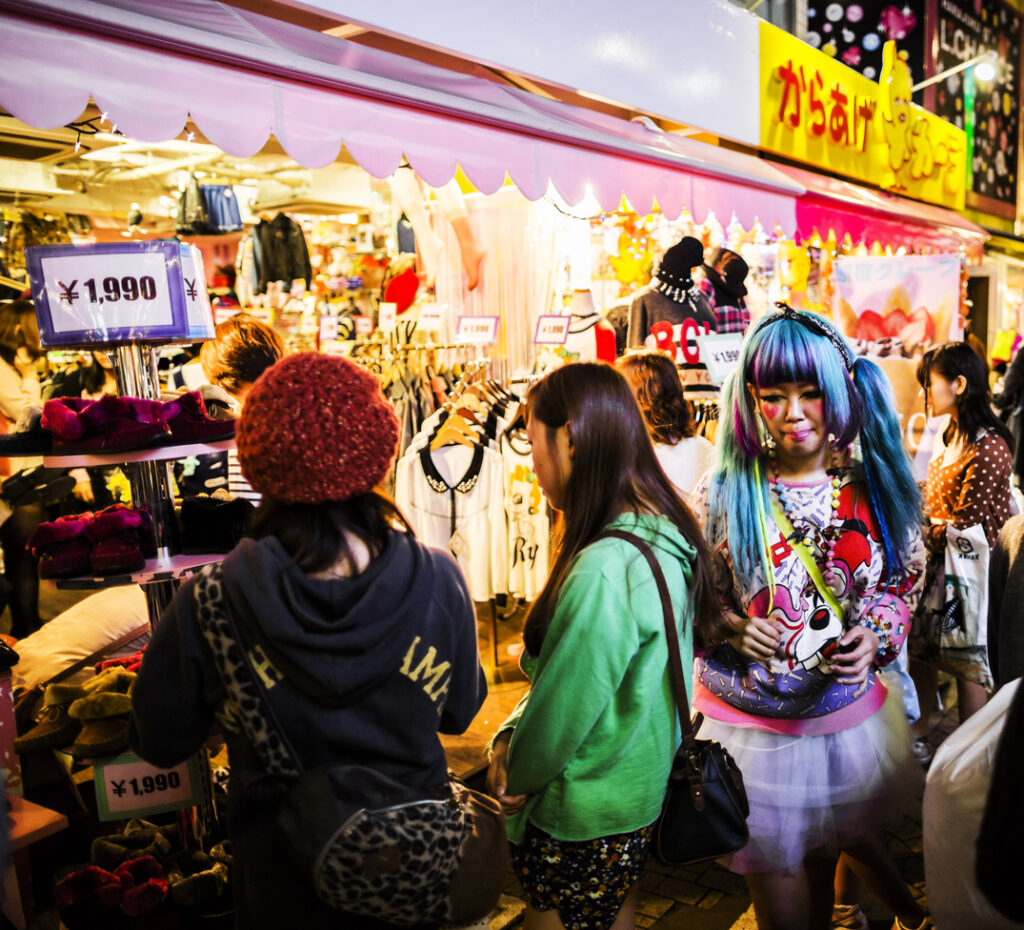 © Photo by iStock: aluxum
© Photo by iStock: aluxumIn the last decade, there has been a shift towards more casual and minimalist styles. Yet, many young Tokyoites today still have a soft spot for cute characters and colorful accessories. Some will try and implement these into their everyday outfits. Down Takeshita Street, you may still see some committed individuals wearing a whole Decora-inspired outfit.
Similar to other Japanese fashion subcultures, Gen Z and appreciation for nostalgia and 2000s aesthetics, have helped preserve the subculture. As of now, model Haruka Kurebayashi, who is regularly featured in Kera magazine, is the main face of the Decora subculture. Kurebayashi is also the creative mind behind the cute and colorful arches at the beginning of Takeshita Street.
Where to Shop Decora Fashion
By far, Harajuku is the best place to shop for Decora fashion and accessories. Although there are not many dedicated Decora shops in the area, you will find some of the most iconic brands here as well as a variety of affordable accessory shops.
6%Dokidoki
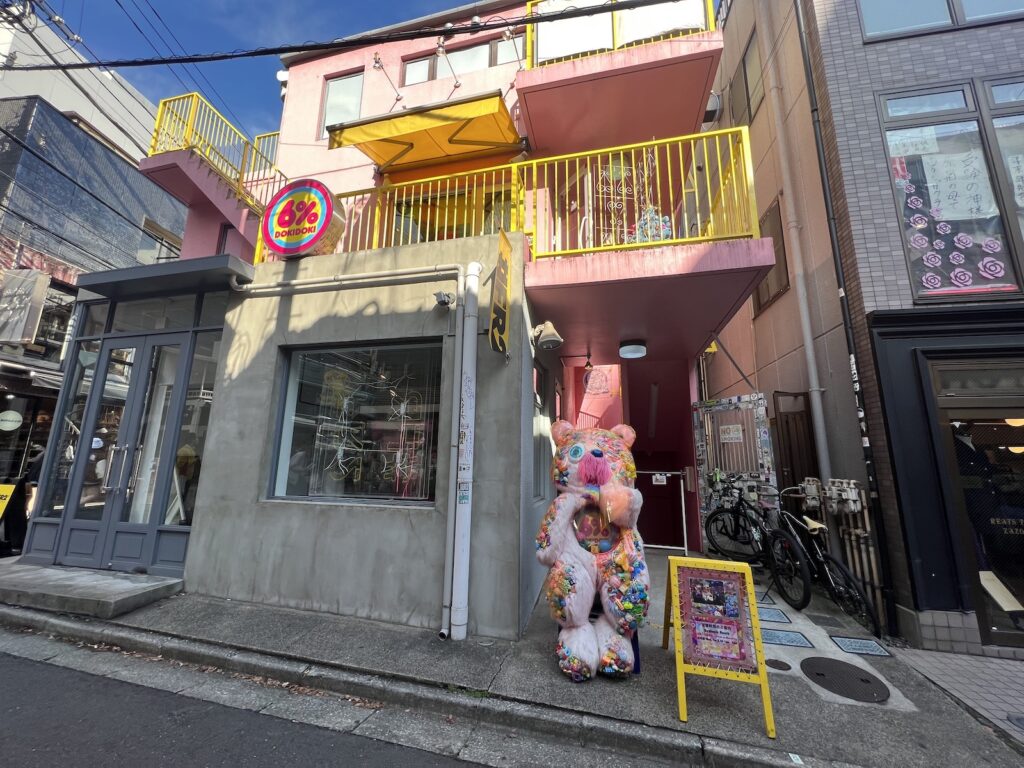 © Photo by Jane Pipkin
© Photo by Jane PipkinWhy not buy something weird and wacky from the iconic brand that made the subculture what it is? Still located in the backstreets of Harajuku, 6%Dokidoki is the place to go for Decora accessories, shoes and clothes. You will also find many original character goods and other interesting miscellaneous items here.
Address: 4−28−16 2F, Jingumae, Shibuya City, Tokyo
ACDC Rag
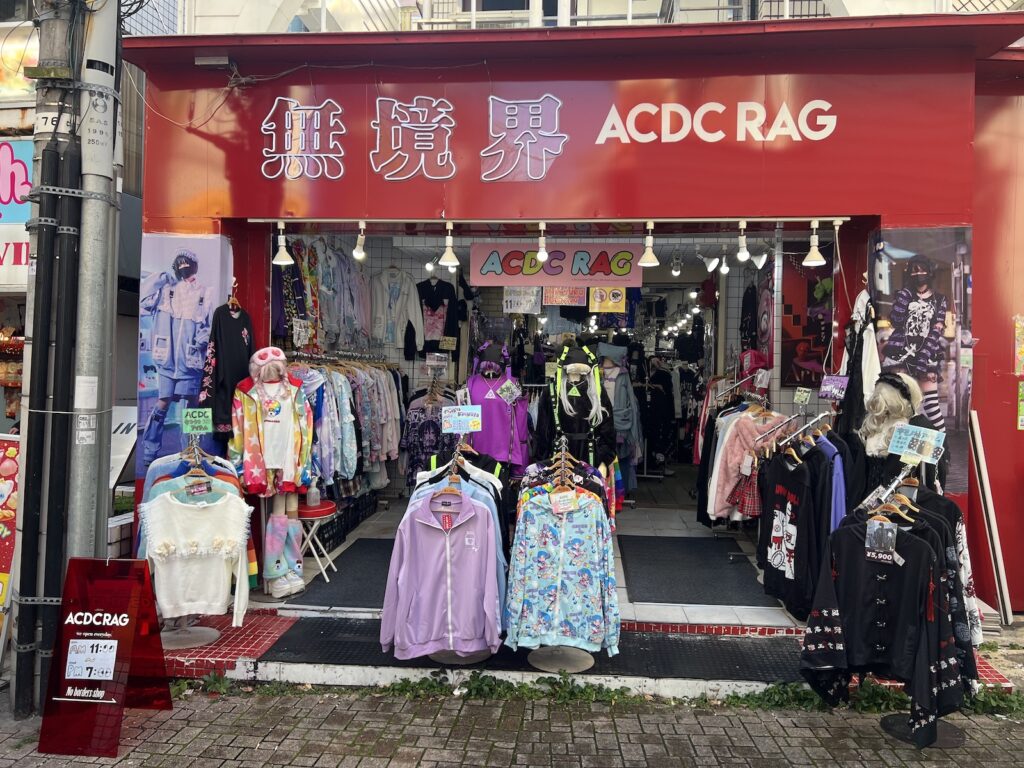 © Photo by Jane Pipkin
© Photo by Jane PipkinACDC Rag is known as one of the core places to shop for Decora-style fashion. Often missed by passersby, as it is tucked away in the middle of Takeshita Dori, this shop mostly stocks funky pop-punk, gothic and of course, Decora clothes. Similar to 6%Dokidoki, at ACDC Rag you will also find some original character goods.
Address: Hayashi Building, 1F, 1-16-7, Jingumae, Shibuya City, Tokyo
The Silhouette
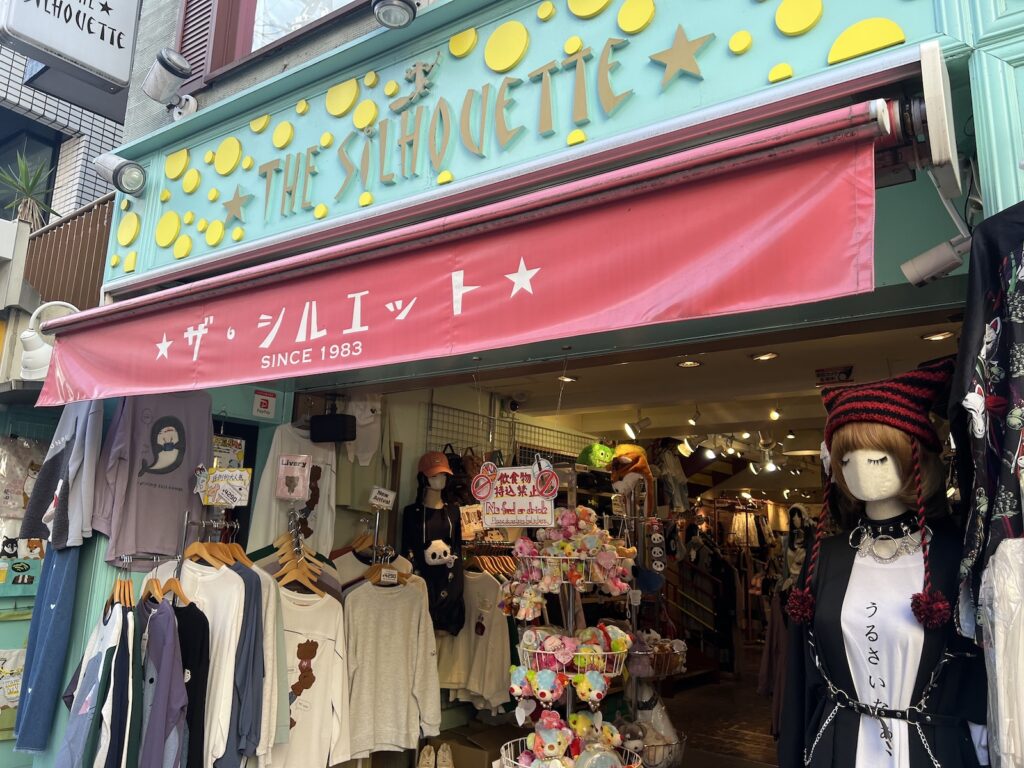 © Photo by Jane Pipkin
© Photo by Jane PipkinSituated near the beginning of Takeshita street, the Silhouette sells a variety of clothes, accessories and plushies. It’s not considered an official Decora shop but you are bound to find something that works for the look. Whether it be a cute plush bag or a colorful hoodie, it’s here.
Address: 1-16-1 Jingumae, Shibuya City, Tokyo
Paris Kids
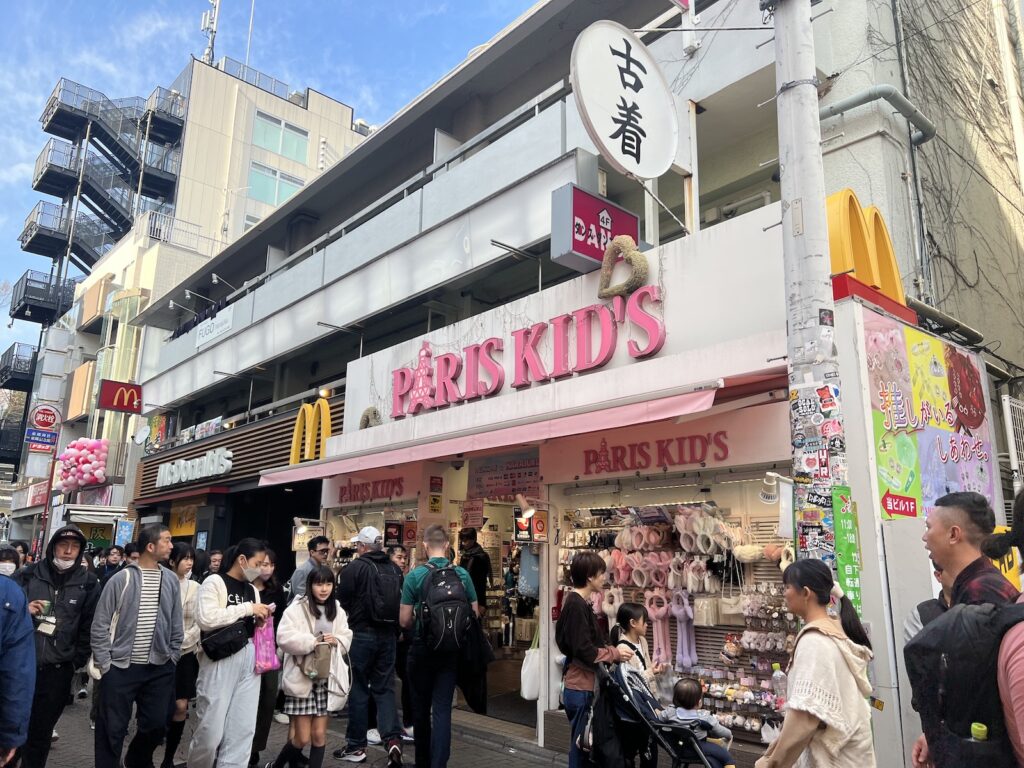 © Photo by Jane Pipkin
© Photo by Jane PipkinParis Kids is where you will want to go to stock up on cute and trendy accessories. Being one of the most popular shops in all of Harajuku, especially among young teens, Paris Kids sells a great selection of hair clips, necklaces and earrings that won’t break the bank.
Address: Harajuku Family Bldg, 1F, 1−19−8, Jingumae, Shibuya City, Tokyo
Other Places to Shop
As mentioned, cute characters are an important addition to any Decora look. That’s why you should check out places that sell character goods like Kiddy Land, Sanrio store and Don Quijote. It is at these shops that you can pick up cute hair clips, plushies and bags.
Decora fashion is all about embracing individuality and creativity! For those who do need a little bit of inspiration, take a look at Tokyo Fashion.
No comments:
Post a Comment